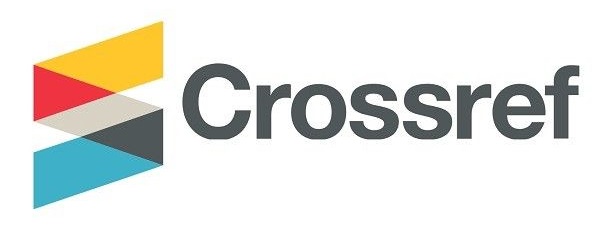Groundwater Investigation Using Electrical Resistivity Method at the Edati Hill, Northern Bida Basin, Nigeria
DOI:
https://doi.org/10.37745/bjmas.2022.0154Abstract
Electrical resistivity investigation was conducted using the Wenner-α and Schlumberger configuration around the Edati hill of the northern Bida Basin to understand the groundwater potential and electrical characteristics of the subsurface lithology. Eight electrical resistivity tomography (ERT) lines and thirty-one electrical resistivity sounding (VES) points were occupied in the study. The ERT inversion results revealed two to three layers within the studied depth, as follows; (a) a clayey to silty layer with varying resistivity (49.1Ωm to 11035Ωm) and thickness, representing the top soil; (b) a very thick claystone layer with resistivity between 383 Ωm and 3261 Ωm, corresponding to non-porous, non-aquiferous ferruginized claystone and sandstone layer, except in the northwest where the sand is non-ferruginized and aquiferous; (c) an intermediate to high resistivity (104 Ωm to 5999 Ωm) layer which forms the main aquifer in the northwest with thickness between 15 and 40 meters. The result of the VES revealed four to five geoelectrical layers; a variable resistivity dry surface layer; increasingly high resistivity second to fifth ferruginized clay layer, with very thin aquifer at depth beyond 150 meters. The second and third layers in the northwest are low resistivity aquiferous sandstones. Sustainable borehole drilling has been determined to be in the northwest of the study area at depth of 70 meters.
Downloads
Downloads
Published
Versions
- 08-04-2023 (2)
- 08-04-2023 (1)












